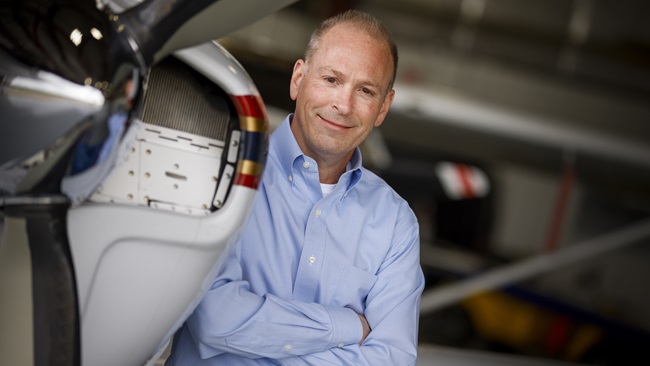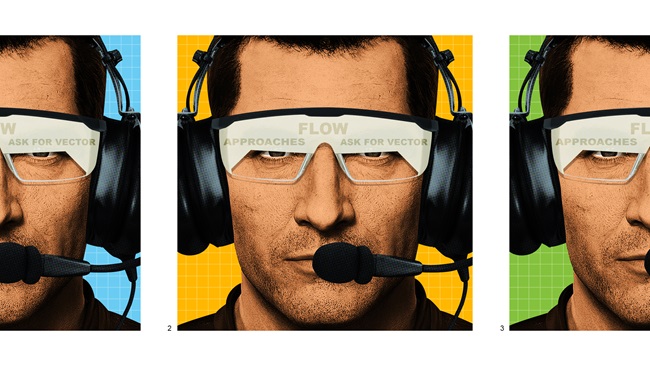Ratings bingo

The same mission mindset may apply for pilots with a specific goal in mind: A pilot planning to use an aircraft in support of business would likely prioritize an instrument rating, and one perusing online listings for a tailwheel or multiengine airplane would pursue the requisite training. But for many pilots, this avocation doesn’t require anything beyond an initial pilot certificate. Why earn additional certificates, ratings, and endorsements if you don’t plan to use them?
Some pilots collect ratings like bingo players filling up their card, checking off challenges for the fun of it. A weekend seaplane course can be a rewarding getaway, and a high-performance endorsement is an excuse to fly something new and exciting. As a bonus, these pilots walk away with new skills and a fresh perspective on their day-to-day flying, even if there are no lakes within 100 miles of where they live, and their regular ride is a Piper J–3 Cub.
Others of us dip our toes into a new rating every few years or so to build confidence or add variety to our flying. Earning an instrument rating gave me a bigger-picture understanding of the airspace system we all fly in, and flying on instruments has forced me to go beyond “Direct To” with the avionics in the airplanes I fly. Earning my commercial certificate sent me deep into the pilot’s operating handbook of my training aircraft and taught me to think more deeply about why airplanes behave the way they do. And although I don’t plan to fly for hire, practicing commercial maneuvers helped me gain confidence and feel in command.
After completing the training, ratings give us a new standard for maintaining proficiency. Once they earn new flying privileges, pilots often either use them all the time or let the skills lapse. Spend much time in between, and the scales will tip toward skills fade unless we act. Because instrument flying is particularly sensitive to skill decay (see “Ready or Not, IFR is IFR,” November/December 2023 Flight Training), the rating has its own currency requirements. If you’re not flying on instruments regularly, a pending lapse of instrument currency is an incentive to get back out with a safety pilot or instructor and fly to a level of precision that day-VFR hamburger runs don’t demand.
The FAA offers enough certificates, ratings, and endorsements to keep us busy for a lifetime. But advanced ratings aren’t required to be a proficient pilot. Specialized training is expensive, and plenty of pilots pour their flying money into the kind of flying they actually do. These pilots might spend decades as a private pilot before they see the need for an instrument rating, if ever. They gain valuable real-world flying insight by gradually expanding their comfort zone, exploring their world from the airport out. Here, too, seeking out new experiences is key.
When each flight looks like the last, our flying world is small. Monotony can lead to complacency, skill decay, or flagging motivation. New flying experiences may come in the form of a rating, a first overnight trip, or even a flight as a passenger in a seaplane or under IFR. Each new experience widens our field of view to the world of aviation and gives us more to enjoy. Whether I’m actively pursuing a rating or enjoying the ones I have, I’m at my happiest flying when I fly regularly and seek out new experiences and challenges. In the wide world of aviation, I’ve only experienced one tiny corner, and there’s so much left to explore.



